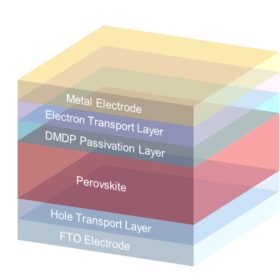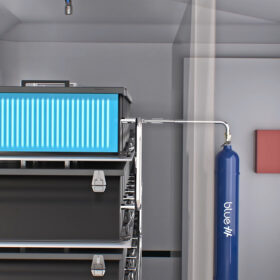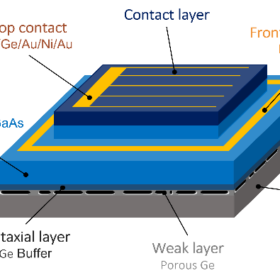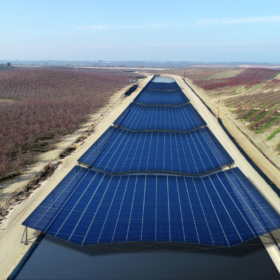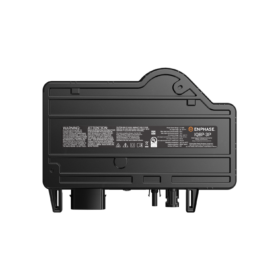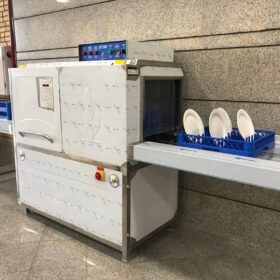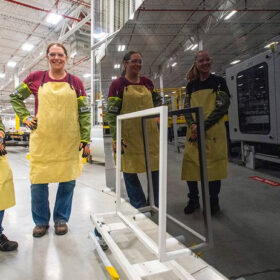Inverted perovskite solar cell achieves 25.1% efficiency via new passivation technique
A group of scientists in the United States has utilized a new passivation strategy based on sulfur-modified methylthio molecules to build an inverted perovskite solar cell with a certified efficiency of 25.1% and remarkable stability. The proposed passivation approach reportedly led to a five-fold increase in carrier lifetime and a three-fold reduction in photoluminescence quantum yield losses.
The Hydrogen Stream: EU to launch 2nd green hydrogen auction in spring
As the European Union launches the first pilot auction this week, it also announces it will double down in spring, while also supporting a collaboration with Brazil for the construction of a production facility to be used in Croatia.
Fike unveils new solution to suppress battery storage fire, thermal runaway
Fike Corp., a US industrial-hazard protection specialist, has launched Fike Blue, a tested, patented solution that suppresses battery fires and stops cascading thermal runaway.
Gallium arsenide solar cell achieves 23.1% efficiency via electrochemical porosification
An international research group has utilized a new porosification technique to build gallium arsenide (GaAs) solar cells that allow the recovery of germanium films. The new cell achieved an efficiency that is reportedly in line with that of other GaAs PV devices, but can be produced at a lower cost thanks to the reuse of germanium.
U.S. gov releases guidance for clean energy Investment Tax Credit
Section 48 guidance has been released, updating the requirements for the ITC under the Inflation Reduction Act.
US tribal community to cut water losses with solar canopy
The Gila River Indian Community says it has broken ground on a solar array that will cover an irrigation canal south of Phoenix, Arizona.
Enphase introduces commercial-scale microinverter
Enphase’s new IQ8-3P solar microinverter offers peak power output of up to 480 W.
Using air conditioning to cool down PV modules, dry dishes
An international research team has investigated how air conditioning may be used to reduce the operating temperature of PV panels. The researchers not only found that the proposed approach is technically viable, but they also tested the use of excess heat from the panels for drying dishes.
Weekend Read: The fruitful search for other thin films
First Solar and its cadmium telluride (CdTe) technology dominate thin-film solar in the mainstream market. Valerie Thompson looks at the US-based business and the future of thin-film PV technology.
